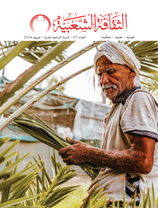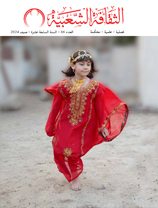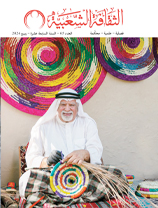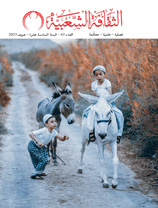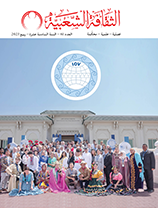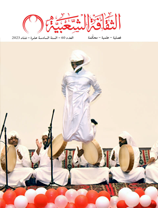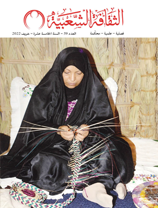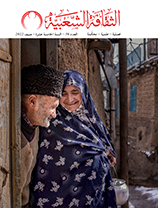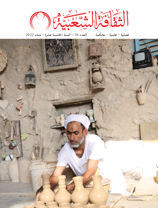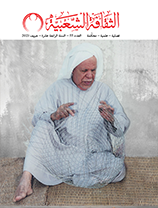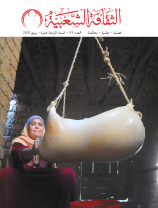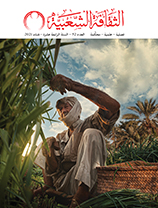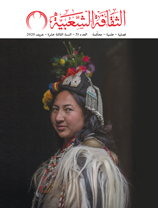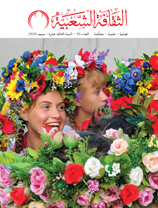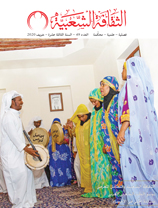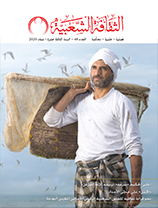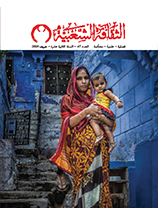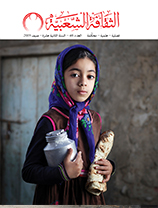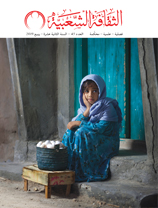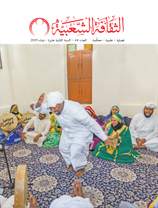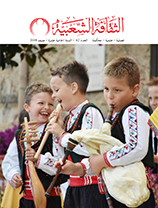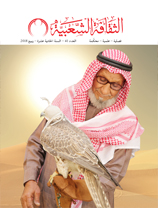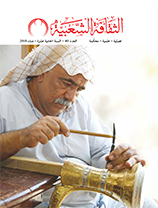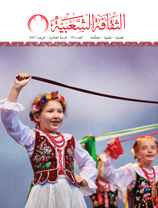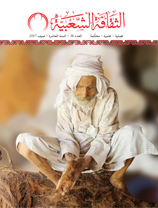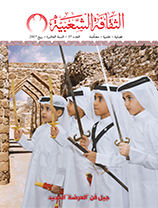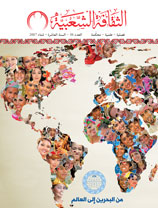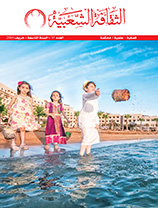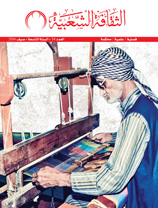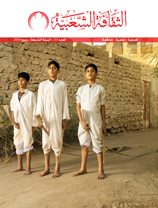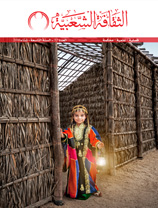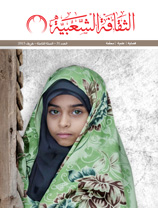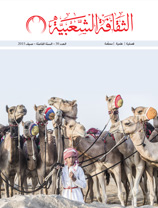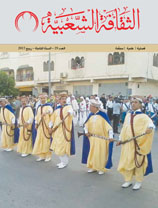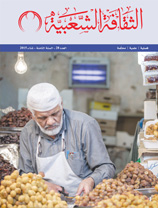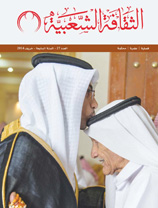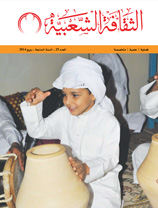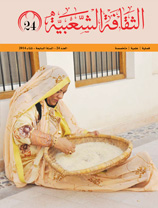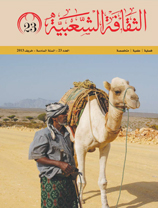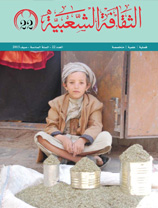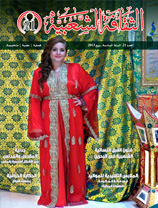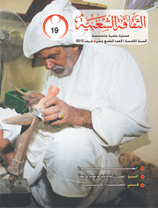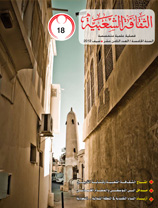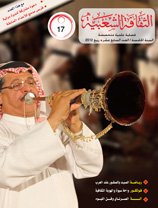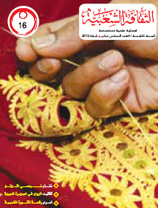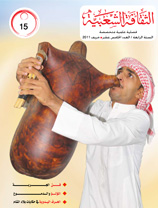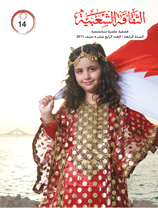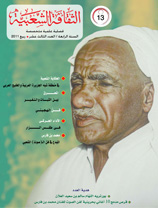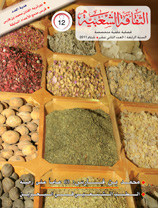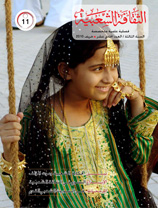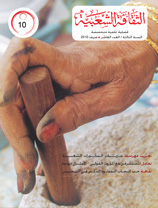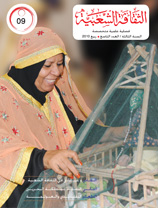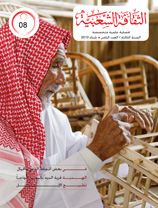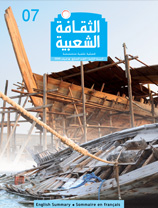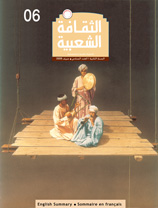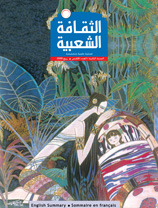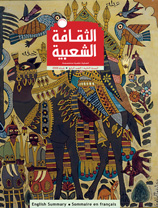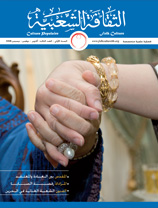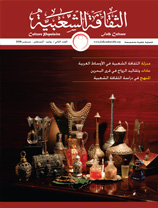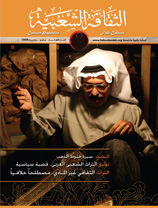Sinai Samir Songs in the Era of Globalization
Issue 2
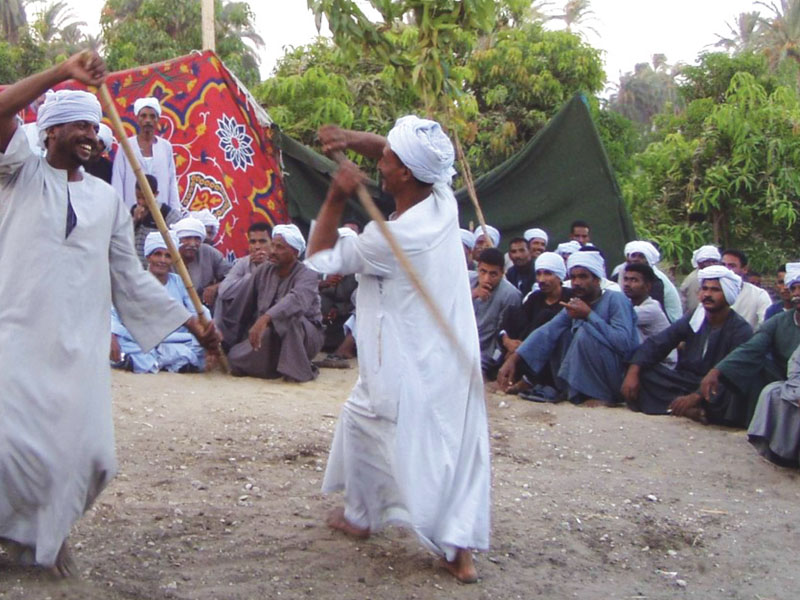
Dr. Ibrahim Abdul-Hafeth - Egypt
This article deals with the folklore songs which accompany Sinai samir dances and the changes globalization has imposed on them in an Egyptian Bedouin society which has its own lifestyles. Bedouins are known to have their own closed or semi closed communities which have for long remained unaffected by external influences. But they are no longer far from the effects of globalization due to the widespread of new means of communications.
Despite the fact that the north eastern area of Sinai is a Bedouin community, it has witnessed a wave of tide and ebb as a result of its geographical location and historical circumstances and human structure. It lies on the border between Egypt and occupied Palestine, hence some Sinai families extend into the Palestinian territories.
In the last thirty years, Sinai has witnessed several events and radical changes in which cultural contact has played a dramatic role. It was occupied by Israel in 1967, and many of its inhabitants moved to Delta and theValley governorates where they acquired new customs. Some of those who remained in Sinai during the occupation also acquired new customs while working in Palestine. Since 1982, when Sinai was restored, many modern projects have been established. Thousands of people from Delta and the Valley have come to Sinai seeking work or permanent living. This was especially so in Al-Areesh, the capital of northern Sinai which is considered a model town where local and migrant cultures have fused in such a way that raises the question:
To what extent have the songs accompanying Sinai samir, which are one of the distinctive features of the traditional culture of the area, been influenced by this cultural interaction and the different aspects of globalization?
This piece of research sets out to answer this question by providing field material collected during my several visits and personal communications with story-tellers between 2003 and 2006. The material was collected from Sheikh Zuwayed suburbs, named after a Muslim fighter during the Islamic conquests period. This is an exemplary traditional Bedouin community in Al- Areesh area. The author was primarily concerned with the folk songs such as al-marbou9a, al-mawwaal among others which normally accompany folk dances such as al-raz9a, al-dihiyyeh, al-mashriqiyyeh, al-khoujar, etc. The songs can be considered examples of texts representing these different forms of folk literature and demonstrate how much they have been influenced by globalization.
A new trend, called cultural criticism, has recently appeared in the filed of humanities and literary studies. This trend has occurred together with new methodological developments and post-modern orientations. By adopting this approach in studying folk arts in general and folk songs in particular, we may put our finger on the influences of globalization and its relationship with the general social variations in this area which has its own social and cultural features.
Cultural criticism is a methodical approach based on merging theoretical and methodological variables without ignoring literary criticism which makes it have three main distinctive features:
1. transgressing the boundary of traditional text interpretation,
2. employing more approaches to text analysis, and
3. investigating discourse systems and how their manifestations.
Can we then term it cultural analysis? as it is based on analysis of samir songs as cultural texts and samir as a text in a traditional transformed culture with the aim of discovering social and symbolic patterns. I will adopt in my research the semiotic theory which is concerned with the dynamic nature of the signs and their producers and interpreters together with the process of their generation. This approach might help in examining three perspectives of globalization: that it attempts to deconstruct the social pattern, uplift ideology, and impose multi-cultural mix. As such, globalization seems to be in line with post-constructionism and post-modernism in emphasizing diversity rather than unity.
The Sinai samir can be defifined as a “festival celebrated on social occasions such as weddings, national days, safe return of pilgrims or long-awaited migrants”. It usually takes place in moon-lit nights, so if they have to celebrate in the early or late days of the month they build fires and circle around it. The most distinctive feature of samir is that it includes different forms of poetic singing, such as al-bid9, al-marbou9eh, al-hjeini, etc., which is accompanied by dancing. In Samir, the crowd is filled with enthusiasm as the competition between the folk poets intensifies and as they dance before other men”.
The research arrives at the following conclusions:
1. Methods of improvising texts in the era of globalization have changed. Texts are now recorded on CDs and TV channels instead of being distributed via commerce and migration.
2. There is a gradual change from collective to individual folk singing in northern Sinai, such as Hameed Ibrahim.
3. Traditional texts are not mixed with modern texts at the level of vocabulary and the entire text, especially in Al- Areesh and Sheikh Zwayyid.
4. There is a change in the context of samir which now takes place in hotels and the camel annual race.
5. Song selections occur through a multi-circled mechanism starting from the culturally-closest circle, to the spatially-nearest, up to circles outside the country. This is one of the most salient inflfluence of globalization on Sinai samir songs, especially in the north eastern area of Sinai.

